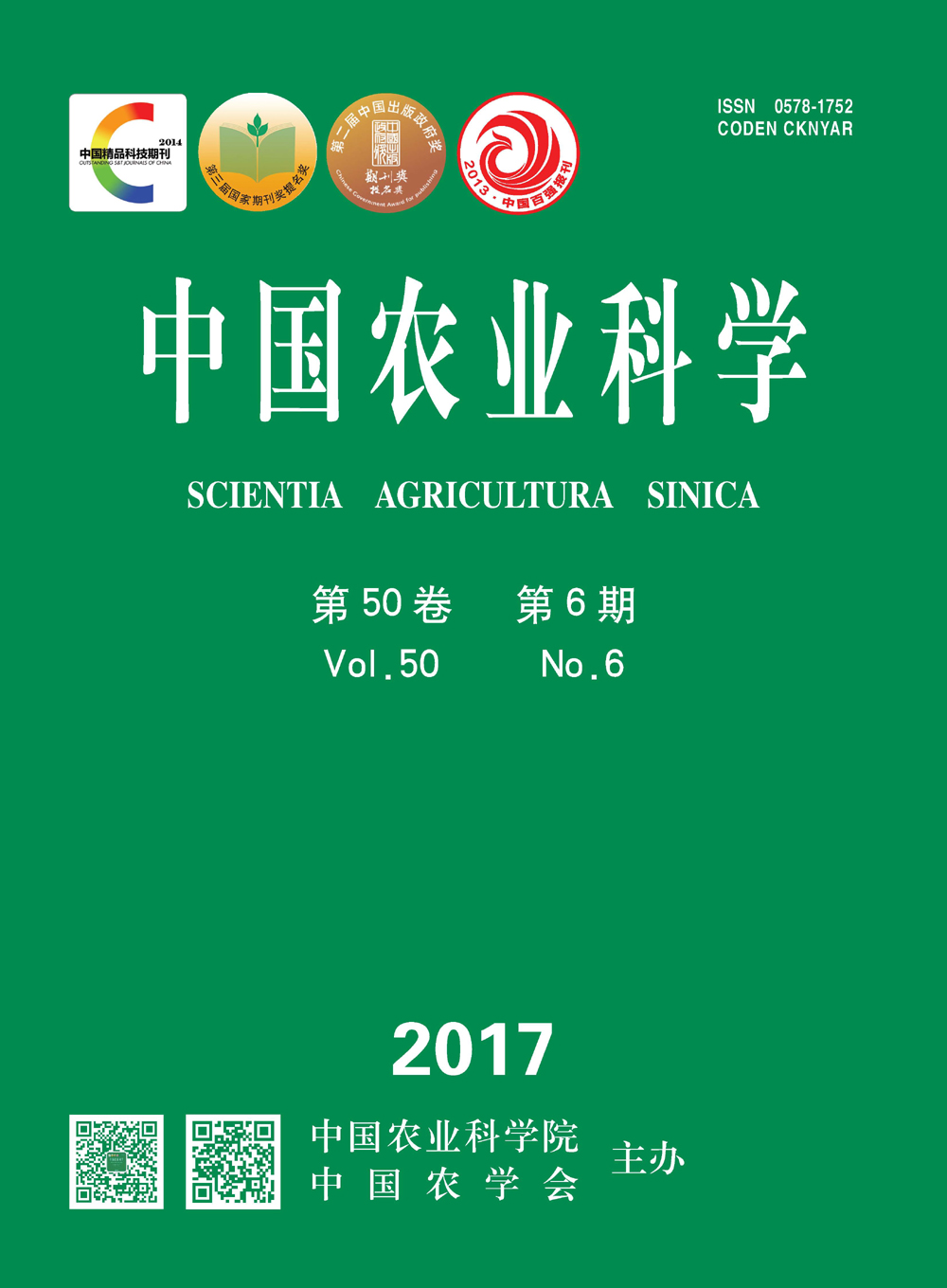-
Time Course Effect of Lipopolysaccharide on Toll-Like Receptors Expression in the Goose Follicular Stroma
- YING ShiJia, DAI ZiChun, GUO JiaJia, SHI ZhenDan
-
Scientia Agricultura Sinica. 2017, 50(6):
1147-1156.
doi:10.3864/j.issn.0578-1752.2017.06.015
-
 Abstract
(
350 )
Abstract
(
350 )
 HTML
(
2 )
HTML
(
2 )
 PDF (2941KB)
(
636
)
PDF (2941KB)
(
636
)
 Save
Save
-
References |
Related Articles |
Metrics
【Objective】 This study aims to investigate the transcriptional profiling of Toll-like receptors (TLRs) and their responses to lipopolysaccharide with different treatment times in the goose follicular stroma. 【Method】 The laying process was monitored in a flock of Yangzhou geese. The geese were injected intravenously with LPS (1.5mg/kg body weight) 8 and 2 h after oviposition, and 4, 16 and 28 h before oviposition. All experimental geese were slaughtered 8 h after oviposition. Therefore, time course of LPS was achieved, namely at 0, 6, 12, 24 and 36 h after injection of LPS. Five geese at each time point were selected. After slaughtering, the ovaries were collected, the follicle morphology was observed, and the stroma of the first largest follicles (F1), F2, F3, F4 and F5 was isolated. The animals were provided with feed and water ad libitum, and maintained under natural photoperiod. For the geese 0, 24 and 36 h of after LPS treatment, all samples were used for gene expression analysis. For the other geese, RNA samples of follicular stroma of each goose were mixed with equal concentrations for gene expression analysis. RT-PCR was performed to examine the transcriptional profiling of 10 types of avian TLRs in follicular stroma. The spleen tissue was used as the positive control, and the sample without cDNA sample was used as the negative control. The expression levels of TLRs in follicular stroma among different hierarchical follicles and among different time points were tested using Real-time PCR. For data on the time course of LPS and different hierarchical follicles, the significance of differences was analyzed using the one-way ANOVA followed by Duncan’s multiple range tests. For data between stroma in control group and DF, statistical analysis was carried out using independent-samples T test. 【Result】 All 10 reported TLRs in poultry, namely TLRs 1A, 1B, 2A, 2B, 3, 4, 5, 7, 15 and 21 were expressed in goose stroma of hierarchical follicles. The expression level of TLR2A exhibited a tendency to increase with follicular growth. The TLR2A expression in F1 was higher than in F3, F4 and F5, and the TLR15 expression in F1 was higher than in F5. There were no significant effects of follicle sizes on the expression of TLRs 1A, 1B, 2B, 3, 4, 5, 7 and 21 in stroma. The morphology and colour of ovarian follicles were not changed at 0, 6 and 12 h after administration of LPS. However, the hierarchical follicles of three birds after 24 h and all birds after 36 h became an irregular ellipse or circle in shape and deep yellow in colour. Compared with the control (LPS treatment 0 h), the expression of TLRs 2A, 4 and 5 was significantly increased at 12 and 24 h after LPS treatment, the expression of TLR2B was significantly increased at 24 h, and the expression of TLRs 7 and 15 was significantly increased during the 6 to 24 h period. LPS stimulation did not significantly affect the expression of TLRs 1A, 1B, 3 and 21 during the 6 to 24 h period. Compared with the control, the expression of TLRs 1A, 2A, 2B, 4, 5, 7 and 15 was significantly increased in the denatured hierarchical follicles at 24 and 36 h, while the expression of TLRs 1B and 21 was significantly increased in the denatured hierarchical follicles at 36 h. 【Conclusion】 All the 10 members of avian TLR families are expressed in goose follicular stroma. Furthermore, with prolonged LPS treatment, the morphology of hierarchical follicles is changed, but the TLRs expression levels are still increased.









